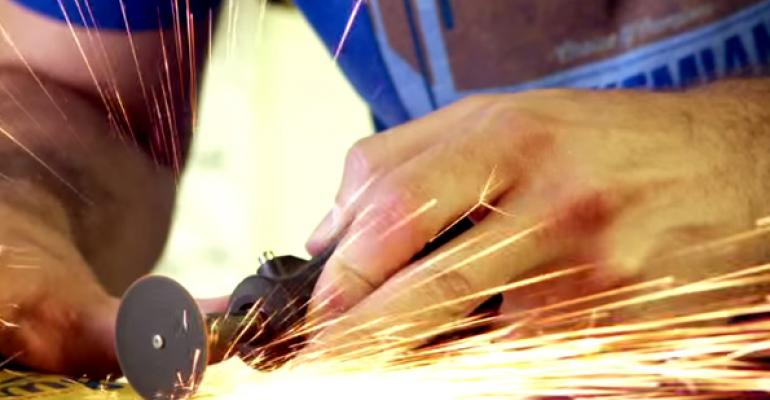Most people seem pretty impressed by the Windows Technical Preview and the deft way in which Microsoft has combined two previously incompatible user experiences—desktop and Modern—into a single, cohesive desktop environment. And we're told that the next milestone in this journey to Windows 10 will be a consumer preview that will presumably offer a clearer view of the touch/tablet side of this product, and hopefully a peek at a combined Windows RT/Windows Phone. But I feel like there's still lots of work to be done on the desktop side. And here's what I'd like to see before Windows 10 is complete.
To be clear, none of this should cast any aspersion on the good work I already see in the Windows Technical Preview. I honestly didn't think it was possible to truly reconcile desktop and Modern, but it appears that Microsoft will pull it off. So bravo for that.
But the thing is, while the big picture stuff is all there—the Start menu with tiles, the floating Modern mobile app windows and so on—it's the fit and finish stuff that's missing. That is, there are many other things that need to happen before this newly integrated user experience actually works properly for traditional PC users.
Here are a few ideas.
Truly resizable Modern app windows
In Windows 10, you can finally run Modern mobile apps in floating windows alongside desktop applications. But the ways in which you can size these windows is very lacking, and is mostly restricted to horizontal (left-to-right/vice-versa) sizing. That is, you're really constrained in how you can resize these windows up and down.
To see what I mean, run any bundled Modern app, hit the Restore window button so that it's floating above the desktop and then see how far you can resize it using the top or bottom of the window. They have a pretty large minimum height.

The issue here, of course, is that these Modern apps were only recently updated to accommodate variable Snap-based (columnar) resizing, and they've never (yet?) been updated for true arbitrary resizing. Maybe—hopefully—that happens by the final release.
And here's an idea: How about scaling the display of apps too? This makes plenty of sense on high-DPI displays in particular. And it was something Microsoft showed off for Longhorn. Over ten years ago.
Actual Modern app notifications in the taskbar
Microsoft previously added Modern app shortcuts to the taskbar, and of course in Windows 10 that's actually makes sense since you can see these apps on the desktop now. But they don't do anything other than sit there. If I get a new email, the Mail app's taskbar button doesn't light up with a notification, something that applications like Outlook—and pinned web apps like Outlook.com—can do. This is a very basic capability. And it needs to come to Modern apps ... in Windows 10.
And speaking of notifications, where's that notification center?
App commands that actually make sense on a traditional PC
In the Technical Preview, you can see the start of how Microsoft intends to get rid of the reviled Charms bar from Windows 8.x: A new Commands menu, accessible from the "..." button in the upper left of each Modern app window, provides access to the system-wide settings that used to be in Charms.

But what's that little App Commands choice? If you click that, you'll see the current app's set of button-based commands appear, usually in an app bar. (Though some apps, like MSN News, have far more complex commands.)

OK, I get it. And, yes, you can cause these app bars and other commands to pop-up the old fashioned way, by right-clicking anywhere in the app window, as in Windows 8.x. But I hope and assume that there is going to be some work done to extend the WinRT APIS to accommodate a more natural set of command interfaces on traditional PCs. You know, like actual menus or toolbars or something. At the very least, all bundled Modern apps should have an option to leave this UI displayed (i.e. not hidden) since that's what desktop PC users expect.
And don't get me started on the weirdness of having a screen-sized Metro panel appear when you choose app settings. Especially when you're running that app in a window.

Stop eating up space on my taskbar
I understand why Microsoft added two new buttons to the taskbar—the Search and Task View buttons that appear to the right of the Start menu. But dear God, people. Don't make them permanent, something I am stuck with and cannot remove. I don't need or want to use either of those buttons, since I know how the keyboard works. Can I please remove them and gain back that valuable taskbar real estate?

There's probably a lot more that could be done. And of course, the proper venue for this sort of feedback is through the official channels that Microsoft provides in the product and on its web-based Windows Technical Preview forum. But what the heck. What else should be done here?





